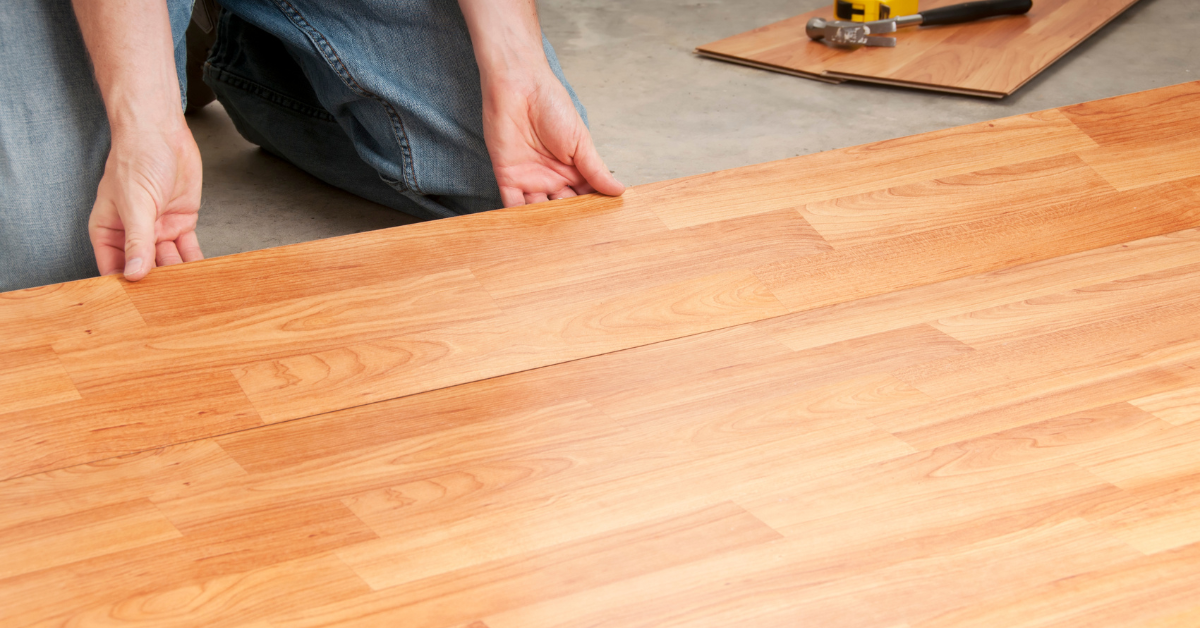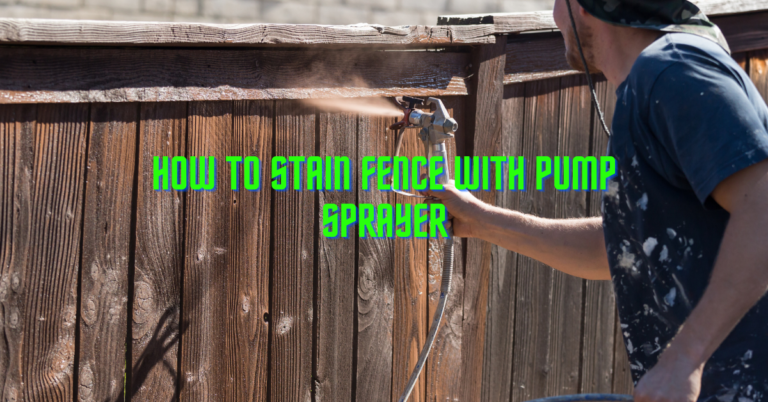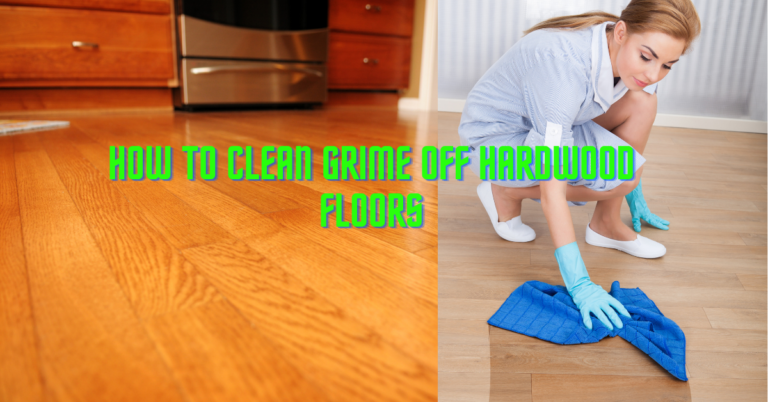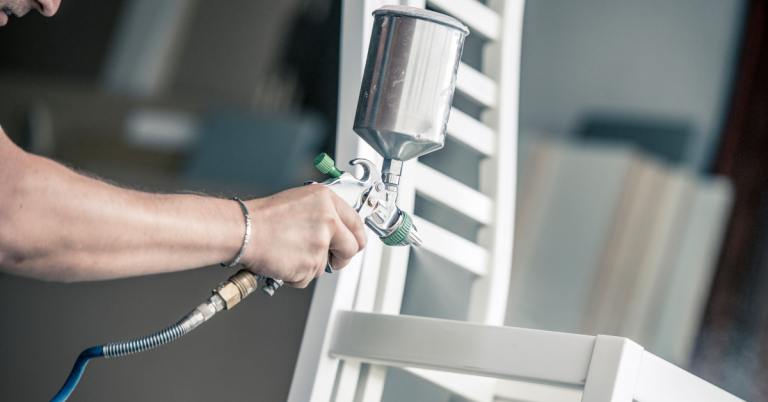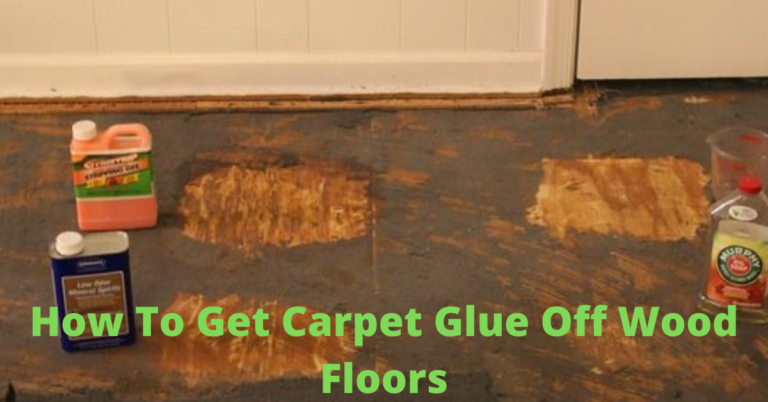Is Red Oak Good For Cutting Boards
Cutting boards come in different varieties of materials. Each with slightly different properties as well as very different price tags. Wooden cutting boards are a part of kitchen essentials, they are accessories that help to improve the look of a kitchen and the best ones are often made of hardwoods.
Oak is hardwood, but is red oak good for cutting boards? We will get to know this in a few minutes.
Remember that all hardwood trees make good material for chopping blocks. However, if you’re wondering where the truth lies with using red oak for cutting boards, then you’re on the right page. This article will help you pick a side.
Let’s get into it.
All at a Glance
Is oak good for cutting boards?
It is often advised to avoid open-pored woods like red oak when making cutting boards. Red oak is not an ideal option where cutting boards are concerned due to the fact that it contains toxic tannins that can easily find their way onto the food.
Although red oak is highly rated in terms of its hardness, it can only be used once completely sealed.

Characteristics, pros and cons of red oak wood
Red oak has large pores, and a straight grain pattern with a coarse texture. It happens to be one of the hardest woods and is predominantly red-toned.
When this wood is wet, it oozes an awful smell and has a toxic tannin acid. It tends to take in about any wood finish when completely dried.
Red oak cutting boards can be a viable catch only when completely sealed. It has shortcomings that can be argued to disqualify it as an option for cutting boards. However, let’s take a look at some of its advantages and disadvantages while you are able to decide your next move.
Pros of using red oak wood
- Water-resistant
The water-resistant feature only comes in when the cutting board has been completely sealed with water-resistant cutting board oil.
- Highly durable
Red oak is a harder wood as compared to other woods. It has a very high rating of 1290 according to the Janka hardness scale. This property amongst others is what makes the cutting boards resistant to dents or cuts caused by knives.
- Easily sealed
The large pores of red oak easily tends to absorb the oil product while it seals up faster than close-grained wood species.
- Doesn’t dull the knife
Although the red oak is hardwood, the end grain oak boards seem very gentle and soft on the knife blade.
Cons of using oak wood
- Contains toxic tannin acid
A red oak tree is popularly known to have a high content of toxic tannin acid. This acid tends to transfer onto food whilst resulting in a bit resinous taste.
- Has an unpleasant smell
Apart from the resinous taste that comes with the toxic tannin acid in red oak, it also has an unpleasant odor most especially when wet, that can literally alter the food’s taste.
- Contains highly porous grains
On the other side of the wood, the unsealed red oak cutting boards do have a porous grain. This grain type will basically suck and trap anything placed on it which is considered unhygienic.

How to seal an oak cutting board.
A very important step to owning any decent wooden cutting board is that you’re expected to seal the surface from time to time. By doing this, you’re able to prevent anything from penetrating into the wood which can result in staining but also, harbor the growth of bacteria.
This same principle applies to sealing a wooden kitchen work-top and trust me, it is pretty much of an easy thing to do so long you have a small tub of an adequate sealant in your home. In fact, in just a matter of minutes, you will easily seal your cutting boards.
After a while, any sealer will wear off and you’ll be left with no other choice than to reseal. You can easily tell when this is happening if you see the wood’s color beginning to look faded.
You want to consider the following when choosing the best product for sealing oak wood cutting boards; quality, odor, and color, and be sure it is approved as food grade.
Some of the products that can be used to seal chopping boards include; Linseed oil, Tung oil, Salad bowl finish, Walnut oil as well as food-grade mineral oil.
Procedure
- Get your desired chopping board oil sealant.
This can be purchased from home depot or hardware stores. You will also require a lint-free cloth and paper towels. On no account should you use vegetable oils like Olive or any other? While they may be safe for food, they don’t get hardened easily whilst still leaving your board vulnerable to damage.
You want to ensure your chopping board is clean, if not, clean it with mild soap and warm water while allowing it to dry thoroughly before sealing.
- Apply the oil sealant
Position the board flat on a surface and gently pour a bit of the oil using a zigzag pattern. Since it is an open-pored wood, the more oil you pour, the better.
Using a lint-free cloth, carefully spread the oil all over the wood surface. Indulge using circular motions or long passes along the wood grain in order to rub the oil into the wood pores.
Once you’re sure the entire board is evenly coated, allow it to sit for 30 minutes thereabout while it absorbs the oil.
- Reapply subsequent oil coats
By now you should be sure the first oil coat has fully absorbed into the wood, then you can apply the second coat. Apply the next oil coat using the same process as the first and saturate the surface evenly while you let it sit and watch the oil get absorbed by the open pores.
To know the pores are fully saturated, repeat the process until the oil no longer gets absorbed. However, ensure to seal every side, the face, back and the extras since we will be using both ends of the cutting boards.
- Wipe off excess oil
Once you’re sure the cutting board can be longer take in more oil, then you can wipe off the excess on the surface using paper towels. Thereafter you allow the wood cutting board sit on a rack and cure fully. The curing duration of the board will depend on the oil product used.
With cutting boards, having to seal just once isn’t practical enough. You should schedule regular resealing every 2-3 months. By doing this regular maintenance, you’d have your oak chopping board remain in tip-top shape for years.
Also Read: Top 5 Best CNC machine for beginners
Best grain for an oak cutting board.
When it comes to any type of wood cutting board, there are usually three-grain types you can get and they include;
- The face grain, is the least quality and most prone to deforming.
- The edge grain, the mid-quality of the three.
- The end grain, is the highest quality often used in butcher blocks.
In most cases, the standard of the grain will often fall in with the price. Face grain cutting boards are the cheapest whilst of end grain are the most expensive. For cheap woods like bamboo, face grain cutting boards can offer a cheap and reliable option.
However, when it comes to more expensive timbers like oak, choosing a face grain product isn’t very cost-effective. They will easily deform and blunt your knife and since you’re already paying a premium for quality timber, then it’s not really worth it.
I’d always recommend at least an edge cutting board for oak, just so you don’t have to waste your time with face grain. But if you’re the type that wants concerned about a quality chopping board, then end grain is sure the way to go.
End grain boards are far the best option. They are very tough and unlikely to deform quickly but most importantly is their composition, it is actually much better for the blade of your knife. End grain cutting boards are much easier on the blade and so your knife will retain it’s edge for far longer period.
Although it’s happening at a very small level so you can’t really see it happening with the naked eyes, but trust me, end grain cutting boards are far more gentle on the blade than any other grain type.
Final thought on Is Red Oak Good For Cutting Boards
Red oak woods being long-lasting hardwood, are a great option for their usage as cutting boards. However considering the toxic tannin it contains, it is basically unsafe for use. The large porous grain of this oak also tends to be an issue on its end.
But all of these can be modified using different sealants like oil and wax in order to better prep the surface of the board. We have been about to cover what it takes to seal an oak cutting board so you need to do is jump into the project as soon as possible.
Important Reads:

